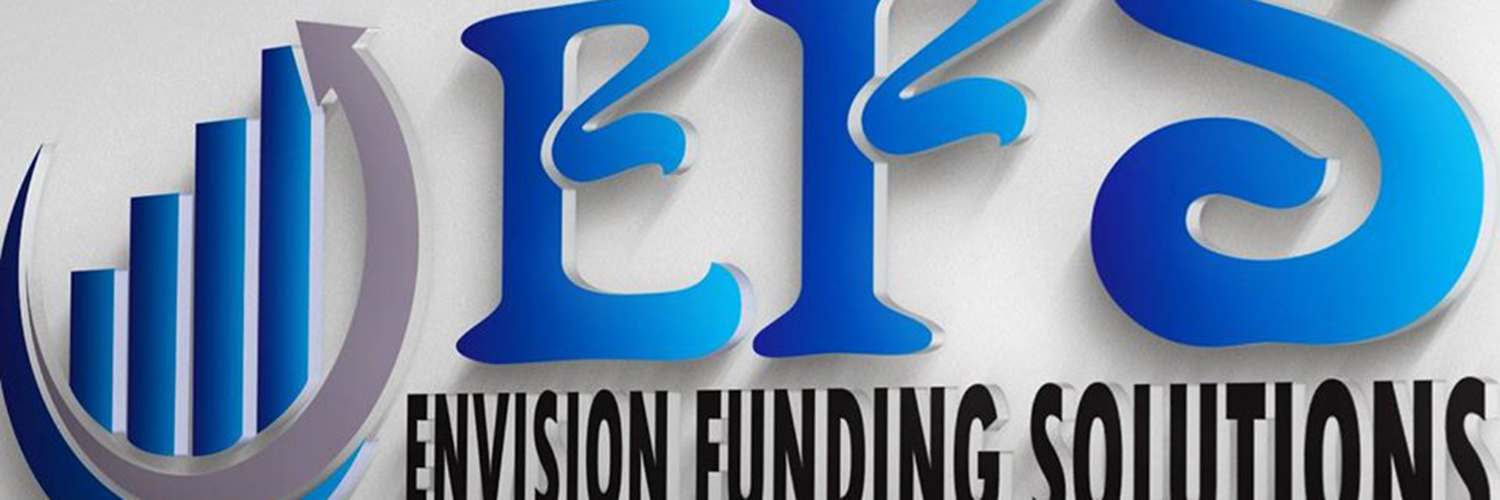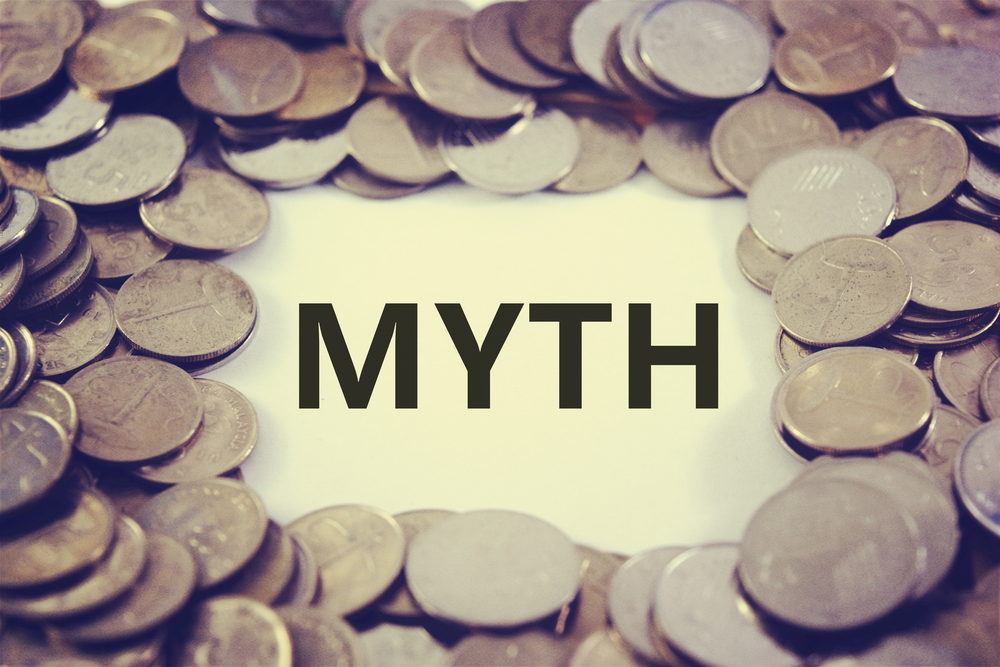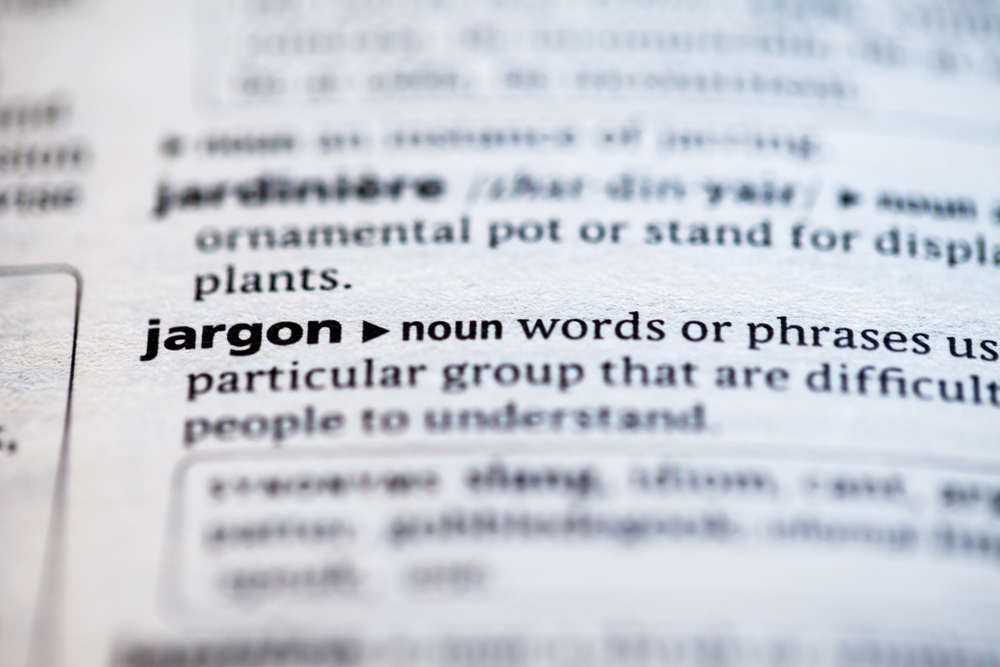How Taking Out Hard Money Loans Can Make You Rich
Have you ever walked past an abandoned or closed store or other commercial building and thought about its potential? Many people do, but they never take it any further because they don’t have the money to invest in it. If you really want to bring out that potential, you could consider borrowing the necessary money to make that investment. This is known as an investment loan.
Real estate investment loans, which offer financing for borrowers who intend to buy-and-sell or “flip” a property, are considered riskier than mortgages for owner-occupants.
Unfortunately, investment loans are very hard to qualify for. These loans have been created for those who believe they can make a profit out of something that currently isn’t profitable. In other words, it is a high risk loan and banks are not prepared to take huge risks, except in very exceptional circumstances. That said, investment loans do exist, particularly for commercial building purchases, equipment purchases, factory constructions, and acquisitions.
However, a down payment of at least 25% is often required, which is a significant sum of money, particularly on commercial real estate properties. Most investors simply do not have such amount of money available. Furthermore, they must be able to prove that they can afford the repayments of the loan not after they find tenants for their property, but right now.
How Much Can You Borrow with an Investment Loan
In rare circumstances, lenders will agree to finance up to 100% of the investment. However, in the majority of circumstances, they will only lend up to 70%. Hence, if a property is available for $500,000, it means that you would need to have $150,000 yourself to put towards the property. This is why investment loans are more popular with established real estate investors. Those who already have a solid rental business and simply want to grow their portfolio often find it reasonably easy to find that kind of money. However, this excludes those who want to get started as investors. They need to find lenders with higher loan to value offers, but tend to also charge much higher interest rates.
Meeting the Eligibility Requirements
A second problem with investment loans is meeting the eligibility requirements. Usually, a bank will have a due diligence process in place that you will have to go through. This means having your income and your credit scrutinized as well. In addition, each bank has its own requirements on top of that. It is important to understand that an investment loan is very different from a residential mortgage, even if you want to purchase a residential investment property.
The increased risk means the bank will charge higher interest for the loan, may require a higher downpayment, and will require higher lending standards before issuing the loan. A new housing investor can get around these higher prices by living in the home for a few years before renting it out (though your lender could possibly require you to renegotiate the loan if you move out too soon).
Furthermore, the application process is very different as well, and so with the repayment term. In fact, you can expect to have to pay back an investment loan for a duration of five to 15 years. This means that the duration is much shorter than the standard 30 year mortgage. It also means that the monthly payments are much higher. When you apply for these loans, the banks will make calculations based on your ability to repay the loan within this shorter period of time.
Because these loans are almost impossible to get for first time investors, you may feel as if real estate investments will never make you rich. However, there are alternatives to the investment loan. While they have their own pros and cons, they do offer you the opportunity to consider making an investment and bringing out that potential that you saw in the property in the first place. One such alternative is the hard money loan.
Using Hard Money Loans to Get Rich with Real Estate Investments
A hard money loan is a fantastic way for you to invest in real estate properties if you don’t meet the eligibility criteria for a traditional investment loan. Private lenders often focus on real estate investments. Effectively, they invest not in the property, but rather in you and your ability to make a profit out of that property. Hard money loans may provide you with the opportunity you need.
Hard money (also known as a rehab loan or bridge loan) is the term used for loans funded by private parties who want a safe and high return. Real estate investors use hard money when they are unable to or do not have time to obtain financing from more conventional sources. Typical banks won’t fund these properties because of condition or the fact that a full-time investor isn’t typically W2 employee.
Typically, those who apply for a hard money loan don’t meet certain traditional lending criteria. They may have poor credit, no credit, or otherwise not look perfect on paper. Meanwhile, the properties they are interested in don’t look perfect on paper either. However, a hard money loan is based on assets, and particularly on the value of this asset from the perspective of a business.
One of the greatest advantages of hard money loans is that it is possible to have the money funded in a matter of days. That means you don’t have to worry about missing out on an investment opportunity because the bank took too long to make a decision. Instead, you can put an offer in straightaway.
However, if you want to get rich using hard money loans, then it is vital that you focus on being profitable. You also need to demonstrate this to lenders, who need to have confidence about your ability to repay. This isn’t about how a loan goes through the underwriting process, as it is not a home mortgage. However, it is about your ability to take a property and turn it into something that is worth more and that brings the money in. Do also be aware of the fact that, if you so much as fall behind on a single payment, the lender can and most likely will repossess the property.
.center_container #informationFacilitiesContainer h1 { color: !important; }.tms-card-container h2, #categoryFacilitiesContainer h2 { color: !important; }.tms-button { background-color: !important; }.center_container #categoryFacilitiesContainer #categoryCardContainer .col .card-title { color: !important; }.pagination-container .pagination li a { color: !important; }.center_container #browsingFacilitiesContainer h1 { color: !important; }.center_container .tms-card-container #facilityCardContainer .card-title { color: !important; }browsingFacilitiesContainer html a { color: !important; }.qa-decor-border-red { border-bottom: 3px solid !important; }
















